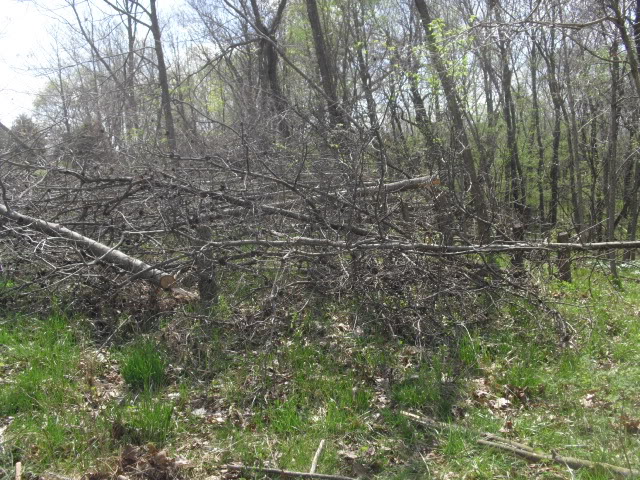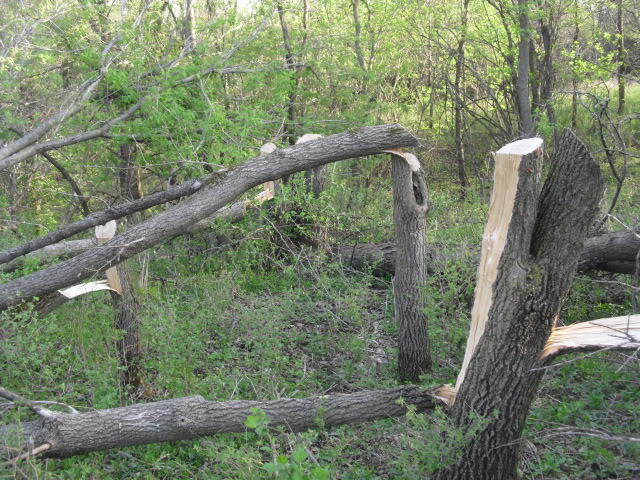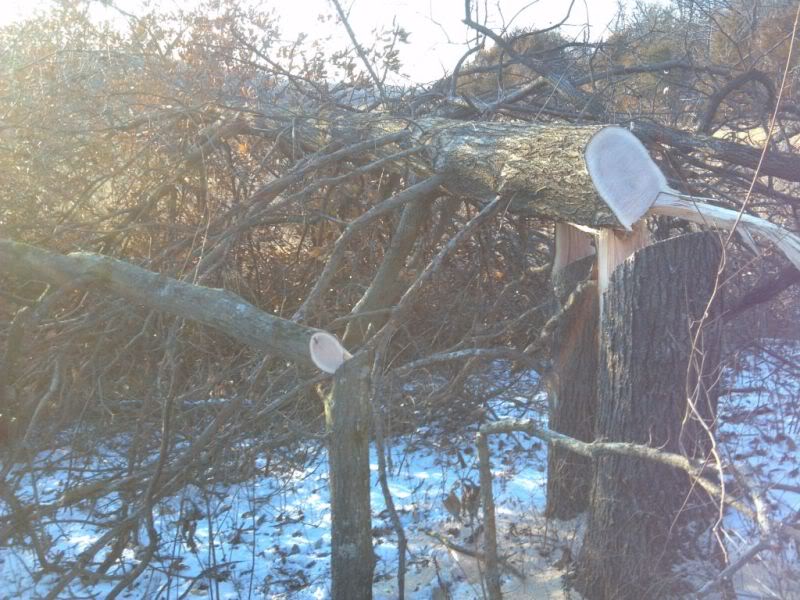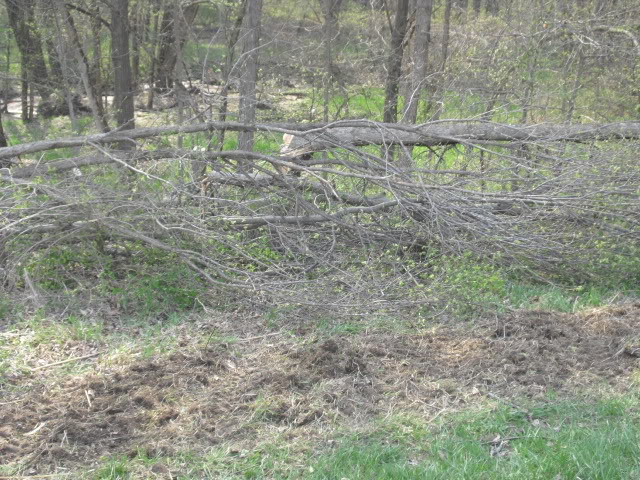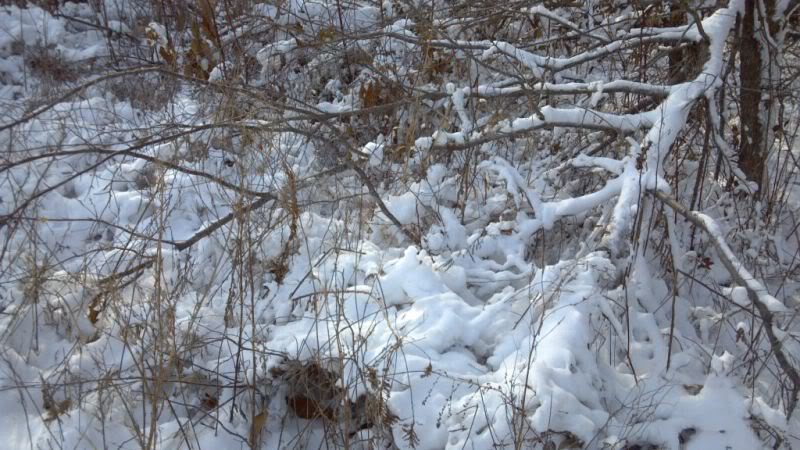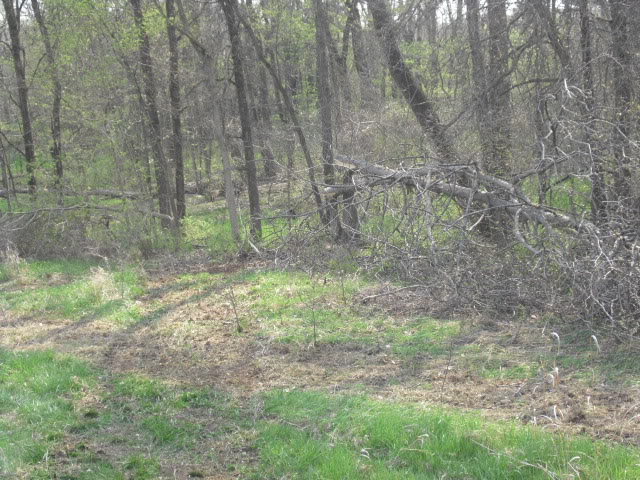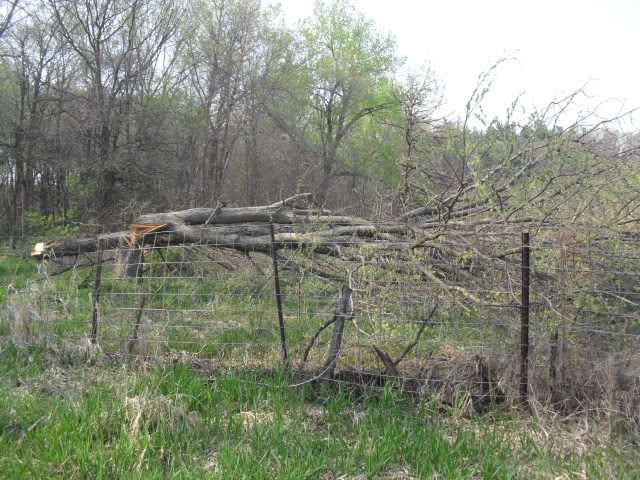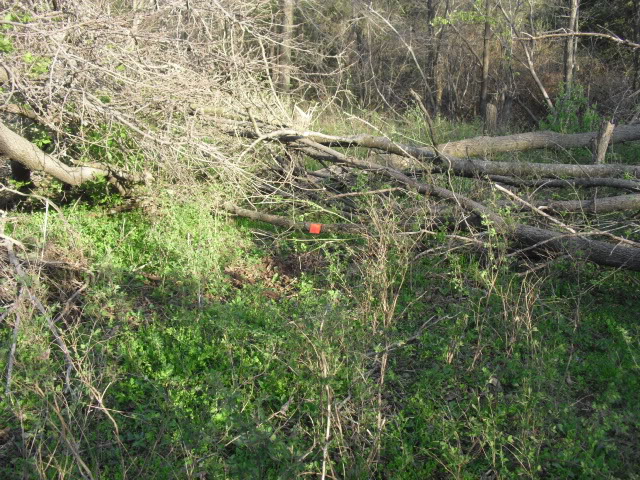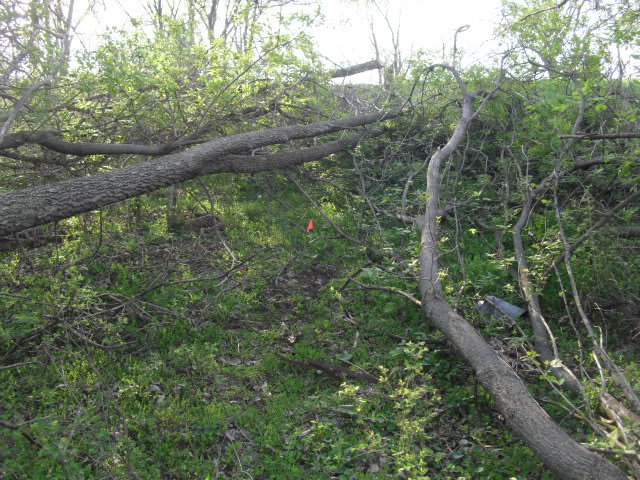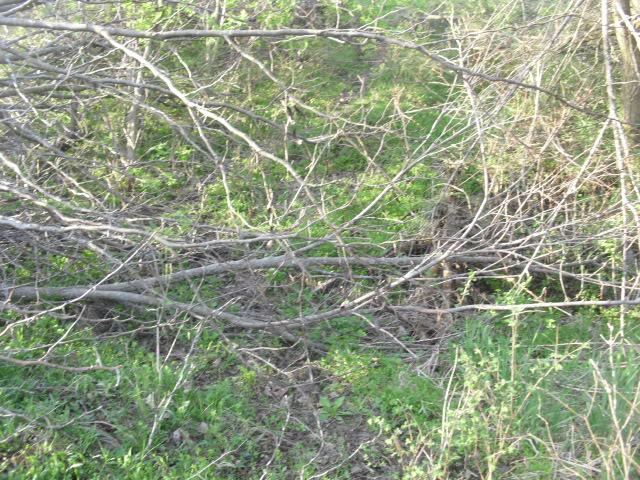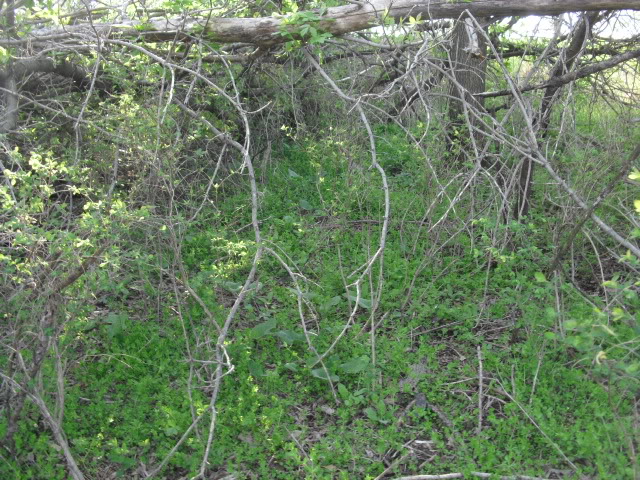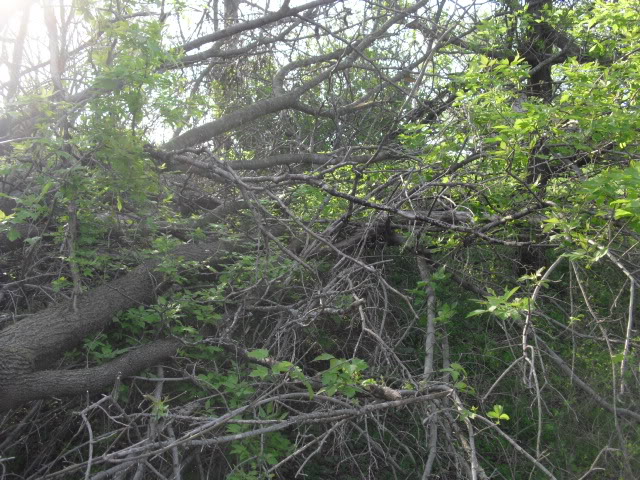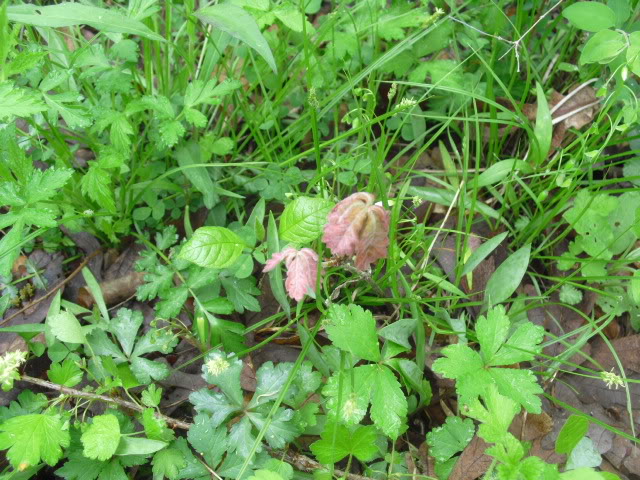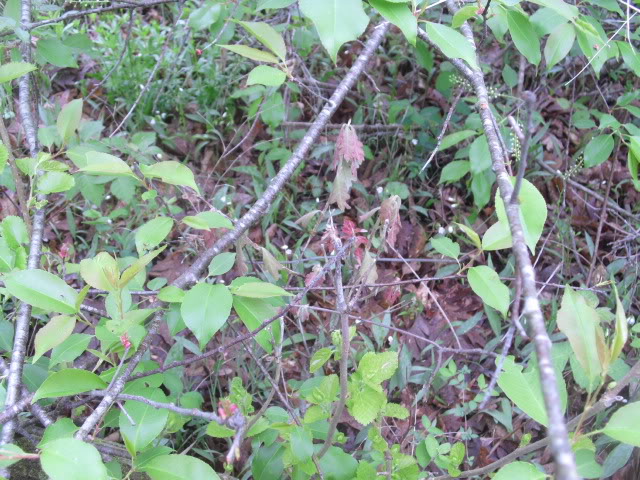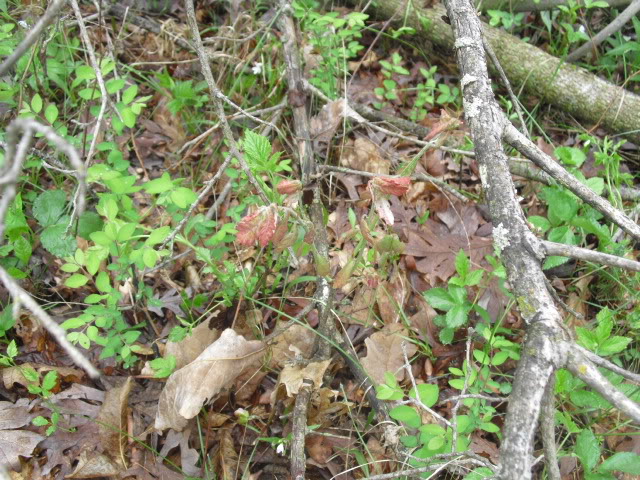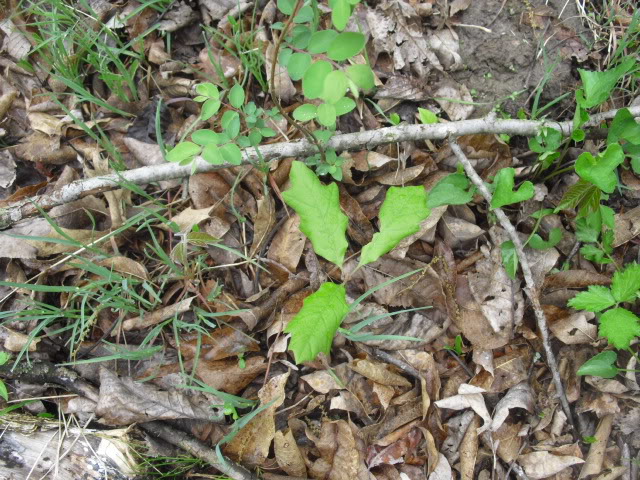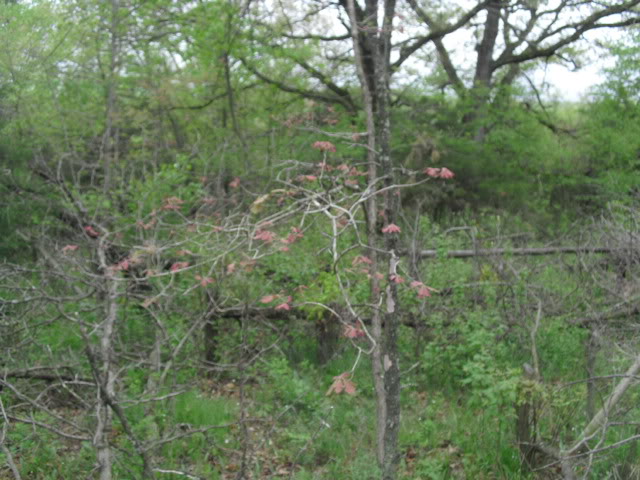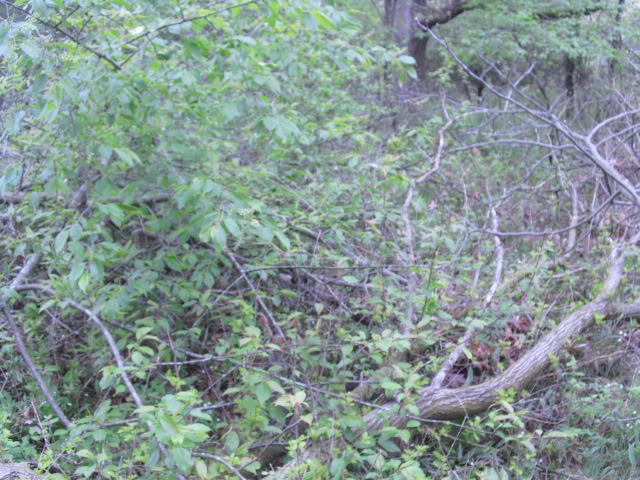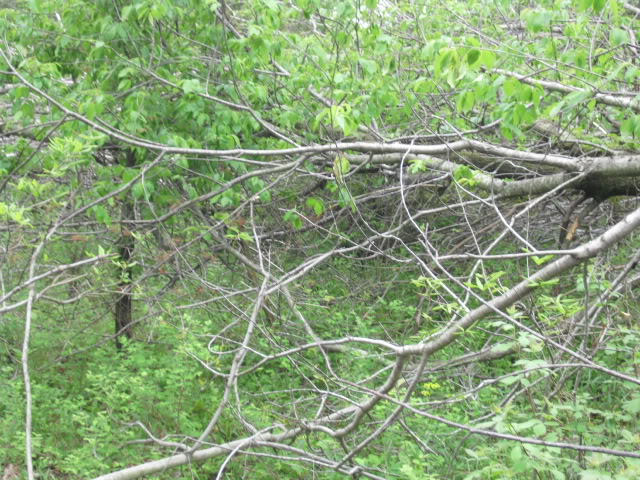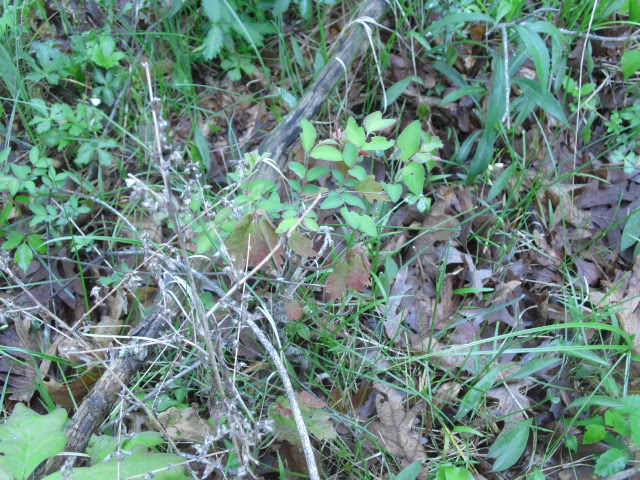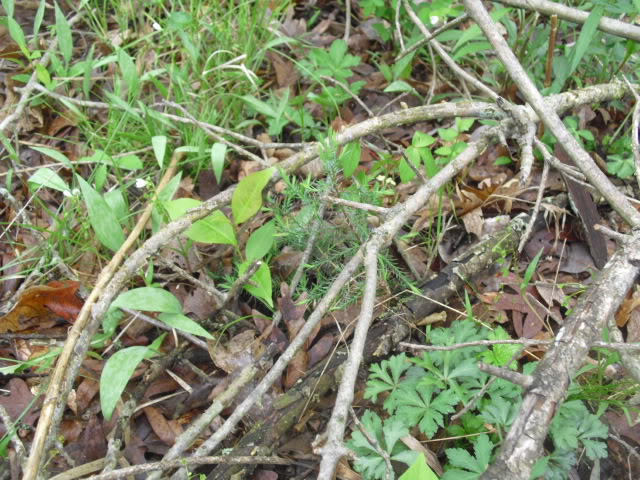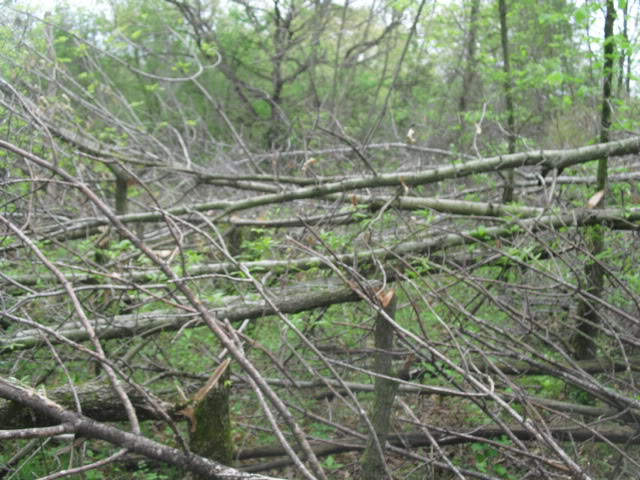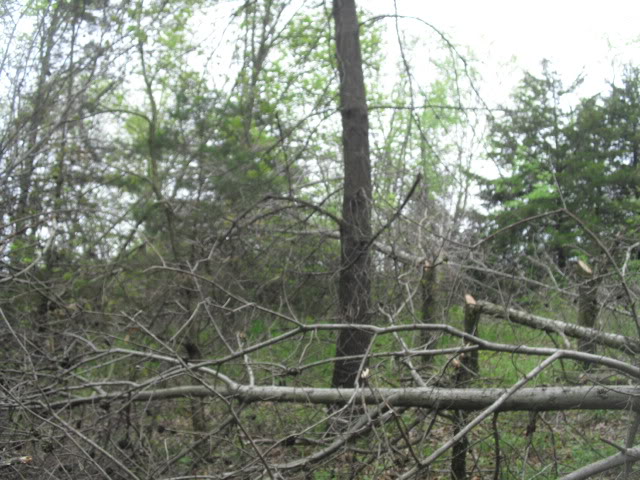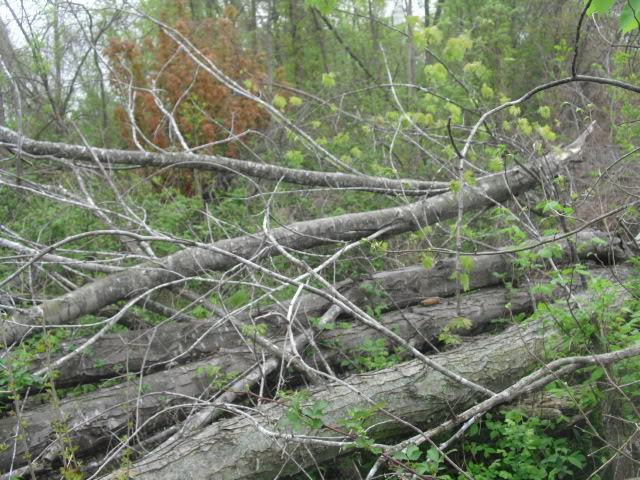What is your experiences on hinge cutting poplar trees? Do they send up shoots off the trunk like a basswood or boxelder? Will a decent sized poplar survive a hinge cut?
I have zero experience with those other then seeing what happens when they are clear cut but perhaps Farmland or others may be able to comment?
I would suggest consulting a professional before starting up the saw and not base your forest management decisions by what you read on the internet.
If you read through my threads you wil see I continually advise walking your woodlots of your forester first and learn to identify your tree species, howver I have never met a forester who was an advocate of hinging. Each landowner must also identify thier own goals and decide if timber or whitetails are a priority.
Reading the TSI thread first is highly advisable before firing up a chainsaw...

if you have ever actually burned through these slashed areas once invasives have become established and successfully promoted oak regeneration
That's not my primary reason for burning Rob...the oak seedlings are coming up and thriving in the hinge cut areas which in reality have shaded almost nothing. The invasives are culled via the hinging so they are really a non-factor in this and one reason for hinging in the first place and burning helps to keep them from returning.
Right now I am burning to promote native grasses and forbs and make some attempt to hold back invasives like hickories, maples and elms.
Regeneration is occuring without burning at my place and the hinge cut trees are helping to protect young oak saplings from traveling bucks. I have no idea how many trees i have hinged but obviously it's a pile!

None of those trees have created a shading problem and the oak seedlings I plant are all thriving.I don't pretend to have the experience you have so I can only comment on what I have seen on my farms over a number of years.
In regards to burning and oak regeneration I am passing on information gleaned from my USFWS contacts who specialize in doing so across southern Iowa. They have encouraged me to burn even in hinged areas because it has positive effects in reducing invasives and encouraging oak regeneration.
Having said all that...this thread is about utilizing hinging to create thick nasty, secure bedding areas, to increase native browse, to create funnels and bottlenecks by hinging cull trees. That process does have a very positive effect on increasing oak regeneration but if that is the primary goal...I would encourage one to read the Timber Stand Improvement and Oak Savanna threads where all cull trees are completely killed and even removed.
In the meantime I will continue to share how my own wild and planted oaks respond to hinging and burning to better help others decide what might work best for them and achieving thier goals....



